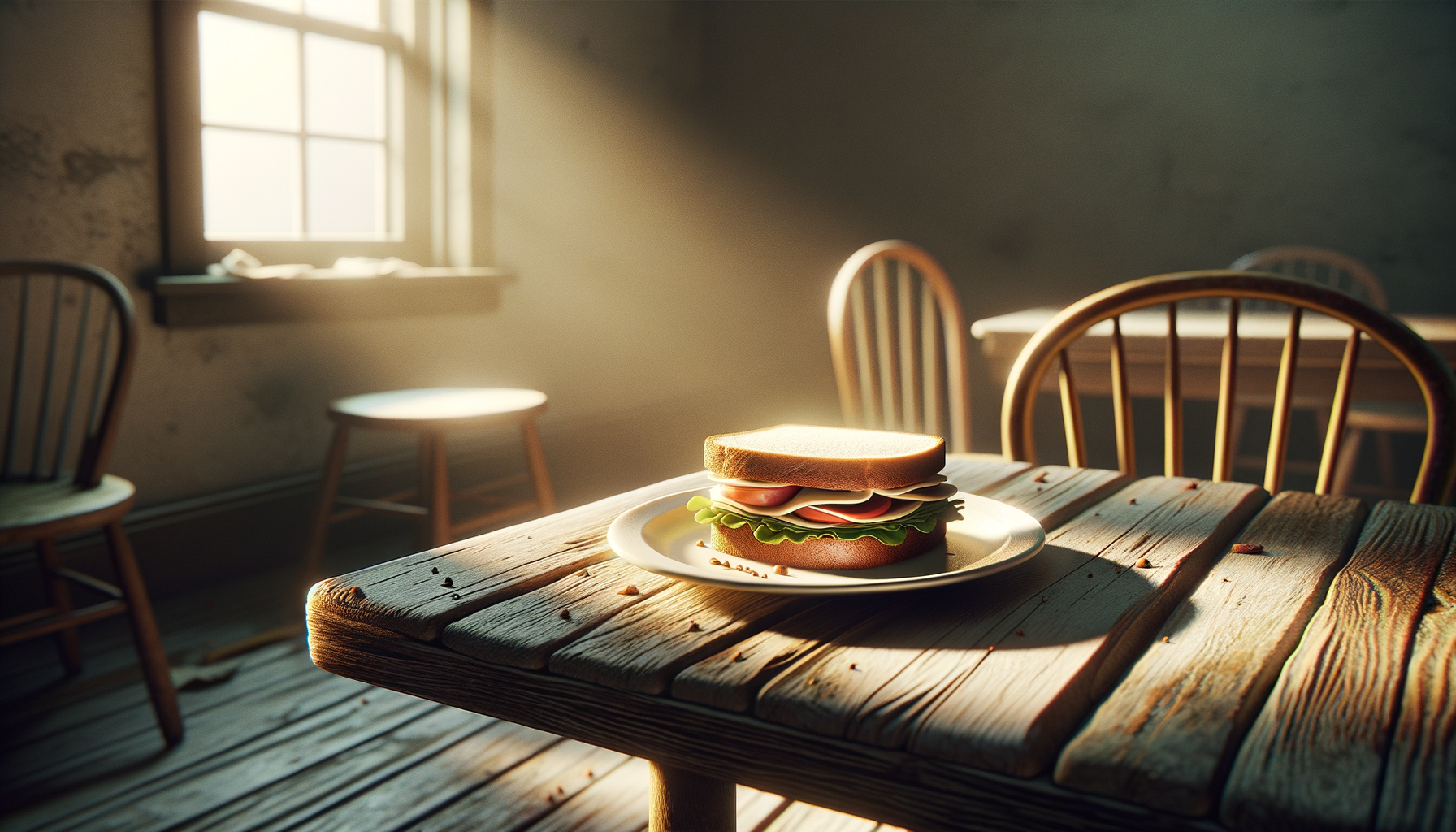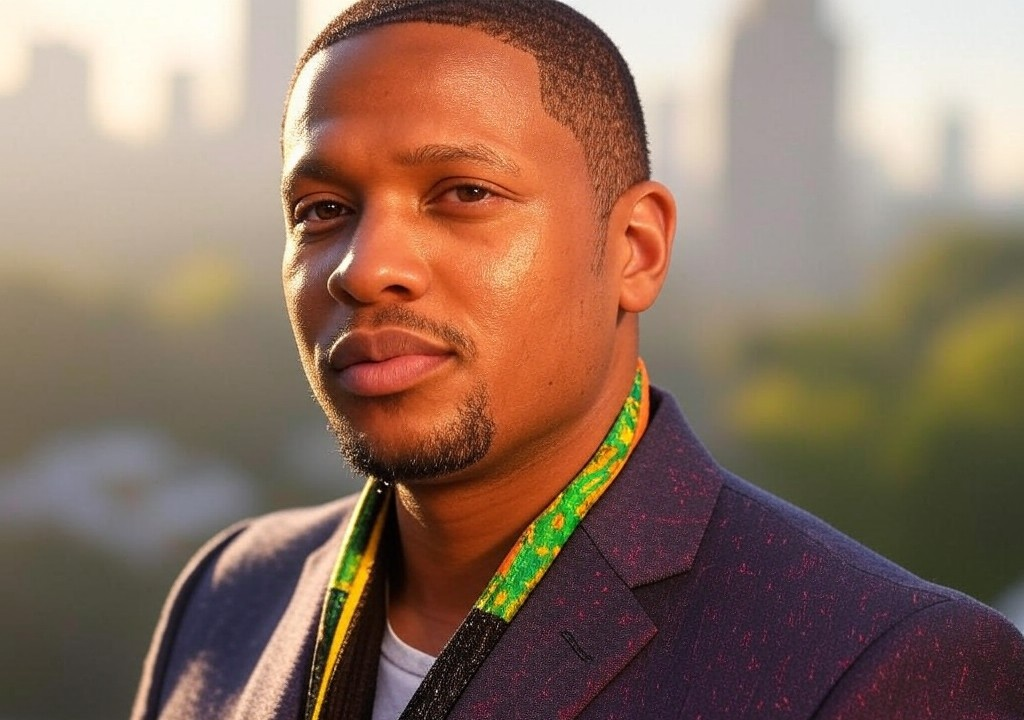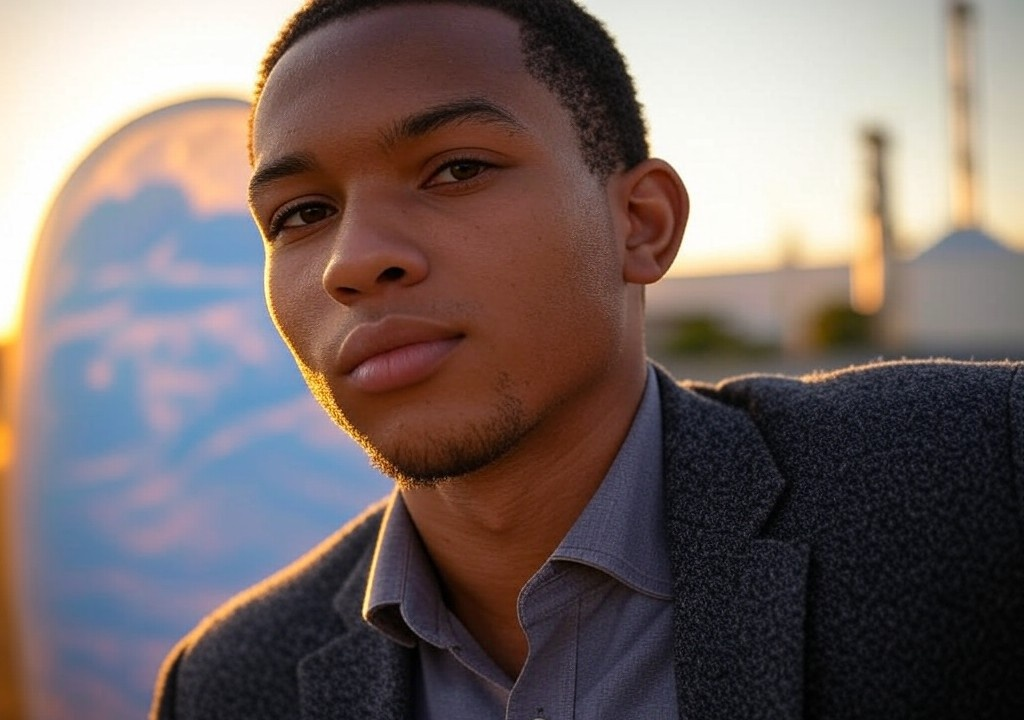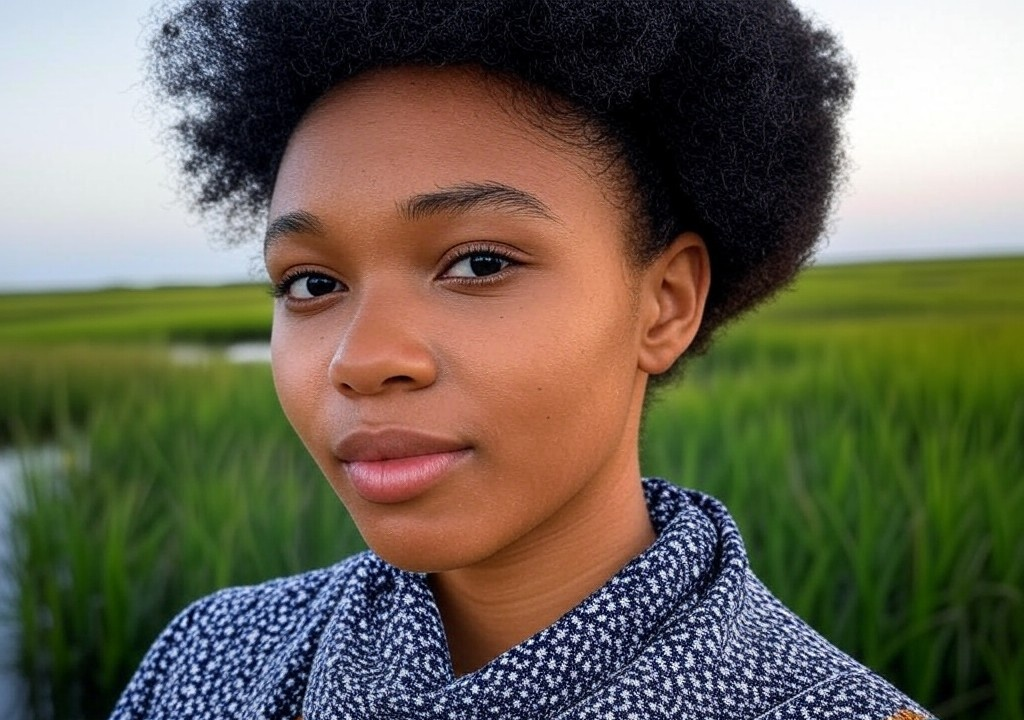The Eternal Push-and-Pull of Manhattan: Loving and Loathing the Upper East Side
If you’ve ever heard someone say, “you can’t go home again,” I’d argue they’ve never tried leaving Manhattan. Home has a peculiar gravity—it tethers, it nags, and it flat-out refuses to let you go. Growing up on the Upper East Side, I often felt like I lived in a snow globe: beautiful, polished, and (at times) suffocatingly perfect, with Central Park as my backyard and doormen who knew my snack preferences by heart. But beneath the polished surface was an undercurrent of tension—a duality of pride and discontentment, love and irritation, connection and confinement. Call it my Love/Hate Relationship with Home: Manhattan Edition.
PART I: WHERE THE SIDEWALKS ARE PAVED WITH EXPECTATIONS
First, let’s talk about the pressure. Manhattan childhoods are riddled with enough expectations to rival wedding registries. Every move feels curated, from your artfully chosen extracurriculars (ballet or fencing?) to which prep school blazer best complements your personality—and your parents’ aspirations. For me, this sophisticated Petri dish shaped my initial understanding of relationships—platonic, romantic, and everything in between.
Back then, dating on the Upper East Side started young. At 14, a “relationship” meant sweating through your Theory blazer at Serendipity 3 over a plate of frozen hot chocolate your mom preemptively paid for. Then there was the ballet of introductions, a scene right out of Edith Wharton’s The Age of Innocence. “Oh, you must meet Ethan; his parents summer in Nantucket, too.” This wasn’t innocent matchmaking—it was status signaling wrapped in a cashmere throw.
As endearing as those awkward teenage encounters now seem in hindsight, the subtext hit hard: home wasn’t just home—it was competitive theater. Everyone had a part to play, rehearsed or not. I wasn’t sure if I loved or detested this hyper-curated society where even “we met organically” could mean “at an art auction our parents hosted.”
PART II: RUNNING AWAY (ONLY TO COME BACK)
It’s no wonder then that so many of us Manhattanites eventually sprint—not walk—to the nearest “escape.” For me, it was Oxford. Across the Atlantic, I shed the refined exoskeleton of Manhattan like one peels off an overstarched coat. Life there was quiet, contemplative, untethered to society pages and brunch hierarchies. It felt thrilling to let my guard down—particularly when falling abruptly, gloriously in love for the first time with someone whose family tree lacked both climbers and chandeliers. (Insert dramatic jazz soundtrack here.)
But when you're reared in a city that never sleeps, other places slowly reveal their hidden, slower tempo—and it can gnaw at you. By my second year in Europe, I began to long for the chaos of cab horns and Negronis at Bemelmans. The rain-drenched spires of Oxford were gorgeous, yes, but they didn’t have my people. They didn’t have that electric, pulsing energy that tells you, quite clearly: If you blink, you’ll miss something extraordinary. My homesickness grew undeniable.
And let’s get one thing straight: no real New Yorker will ever fully admit to missing “home”—we’re too busy playing it cool. But there’s a sneaky romance to the city when you’re not in it, a cinematic montage composed of bagels, skylines, and the faint hum of subway carriages. And so, eventually, I came back.
PART III: HOMECOMING, REDEFINED
Returning to Manhattan was, in some ways, humbling. The home I’d once loved, loathed, and fled became deeply comforting in its unchanging madness. Still, my relationship with it evolved. Wrestling directly with the city’s idiosyncrasies—a $7 oat milk latte that tastes slightly burnt? My rent making me feel like a contestant on Squid Game?—taught me to fall in love with its flaws the way you do with an imperfect partner.
More notably, living away helped clarify how home shaped my relationships. A Manhattan upbringing taught me to seek big passion and big moments; you can’t grow up without fireworks when the Empire State Building’s in your sightline. But it also framed the ideals I’ve challenged, especially around control and perfectionism. Falling hard for someone who takes weekly yoga naps in Union Square? Shocking, yes—but necessary. Learning to appreciate balance hasn’t come easily when Manhattan constantly whispers, “more, more, more.”
For all its flaws, though, this city softens when you see it differently. I’ve grown to appreciate the quieter moments here: late-night walks on the East River Promenade; escaping the buzz for a hidden corner of the Met (yes, I still have my curator’s favorite spots). Sometimes, learning to love home means making peace with home’s stubborn refusal to change—and not forcing it to change you either.
PART IV: LESSONS FROM THE CITY THAT KNOWS TOO MUCH
Navigating my “relationship” with Manhattan has been strangely like navigating love itself: confusing, electric, infuriating, and ultimately rewarding. It makes me question: Isn’t love, in essence, the elevated acceptance of what someone—or something—is, in all its gloriously messy reality? My own arc with home has taught me a few things about romantic love and navigating expectations, and I’d wager they apply no matter where you hang your hat—or how much you pay for its checkroom service:
- Your Origins Don’t Define You, But They Shape You. Recognizing the Upper East Side’s influence on my relationship ideals—and subsequent breakups—was a relief. Take stock of what parts of “home” live rent-free in your head and how they frame your expectations of others.
- Love the Flaws as Much as the Grandeur. Could Manhattan attempt an apology for my limited apartment square footage? Sure. But a love/hate relationship only works when you’re focused on the whole picture—not cherry-picking perfect moments. The same applies to whoever you’re dating.
- Don’t Compare Your “Now” to Someone Else’s Highlight Reel. Whether you’re scrolling Instagram or walking Madison Avenue, you’ll always find someone with better shoes, shinier hair, and a triplex with actual natural light. Resist. This city—and love itself—isn’t about mirroring. It’s about making your way, uniquely.
- Home Is a Feeling, Not Just Geography. Manhattan is where I come back to recharge, to bleed (metaphorically, mostly—thanks, cobblestone streets in stilettos), and to remember who I am. But the true zenith of navigating the love/hate terrain of any “home” is this: it’s not just a place. It’s how it makes you feel. Invest in that feeling.
CONCLUSION: THE BEAUTY OF EMBRACING YOUR ROOTS
So, here’s the deal: I love my flawed, narcissistic, endlessly ambitious city for everything it is—and isn’t. It mirrors so much of what I’ve struggled with in love and life: balancing perfection with playfulness, responsibility with self-indulgence, and inherent flaws with the occasional stroke of brilliance. And truthfully? That’s not a bad way to live—or learn how to love.
Wherever you are, whatever corner of the world you begrudgingly call home, embrace it, even (and especially) when it drives you crazy. Home, like love, grows alongside you—if you let it.




















